Luxury cars are commonly seen by owners of more affordable vehicles as an expression of the owner’s willingness to invest significantly extra cash into extravagance and optional features that might not be fully necessary to safely transport oneself. This does not mean, however, that luxury vehicles are any less focused on adhering to safety regulations than the cars being driven by everyone else. In many cases, the safety features themselves are more intricate versions of the features found on more “basic” automobiles.
For example, luxury cars tend to have specialized computing and monitoring systems installed that keep tabs on data being reported by critical components such as the tires and the steering wheel. These systems are linked to additional components designed to compensate when the data reports that something is wrong, such as when the driver has clearly lost traction on the road. In this case, the systems may instruct a specialized stand-alone brake to apply pressure to one tire or another while putting a cap on the engine’s power output, which ideally would help the driver avoid a spin-out.
These same systems, as might be expected, are connected to a variety of sensors set up to detect whenever a collision is imminent, and even radar and GPS systems are involved to monitor the vehicle’s surroundings. Unlike economy cars, luxury cars’ safety systems can go so far as to apply breaks and turn the steering wheel on the driver’s behalf. This self-induced behavior runs the risk of surprising the driver in the heat of the moment, but purchasers of luxury cars are expected to take this into account when they commit to buying the vehicle. Given that these cars are equipped with features that automatically keep them centered in their lanes and help them park, the owners should become steadily acclimated to automated driving systems.
The elevated safety standards of luxury cars even extend to the airbags that deploy at the moment of impact. Compared to economy cars, which instantaneously inflate in front of the driver and passenger seats, luxury vehicles are likely to have additional bags that deploy from the sides. High-class luxury cars may simultaneously send out their own emergency alerts when involved in an incident on the road so that the owners do not have to call emergency services with their own iPhones.
For well-to-do families looking for a top-of-the-line luxury SUV, many competing brands offer similar feature sets but occasionally omit different ancillary features. The full-sized Cadillac Escalade, for example, eschews sun shades for the back rows of passenger seats in favor of ceiling vents, while the equally large and expensive Lincoln Navigator offers a wider array of comfort features but gives up some of its trunk space in comparison. In the realm of mid-sized SUVs, the Volvo XC90 and the Lexus TX offer space in the middle row to more easily install a three-seat bench instead of two stand-alone captains’ seats, while the Rivian R1S offers a less cluttered information system at the front row.


